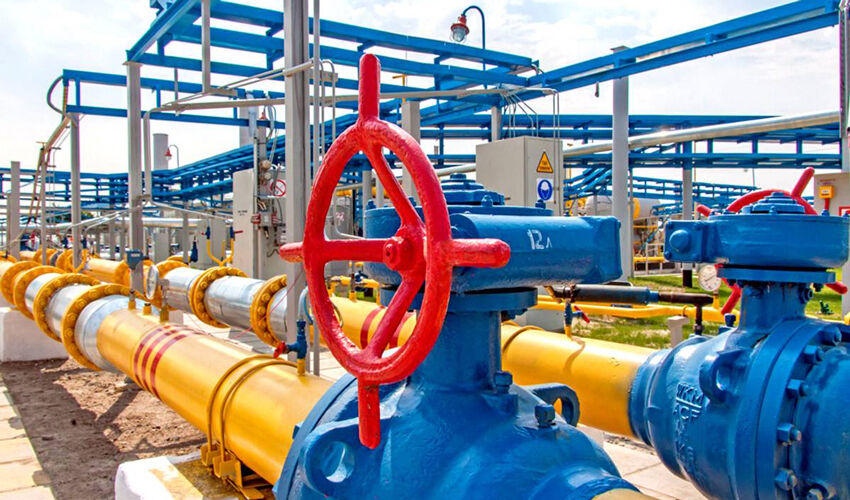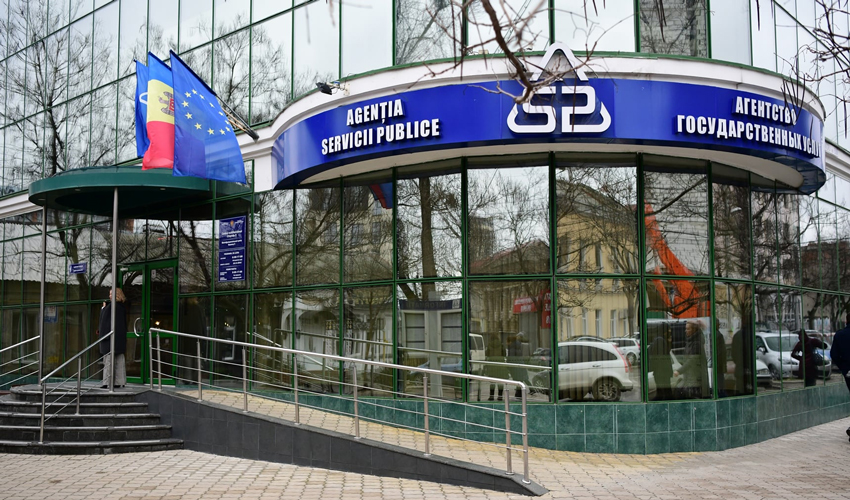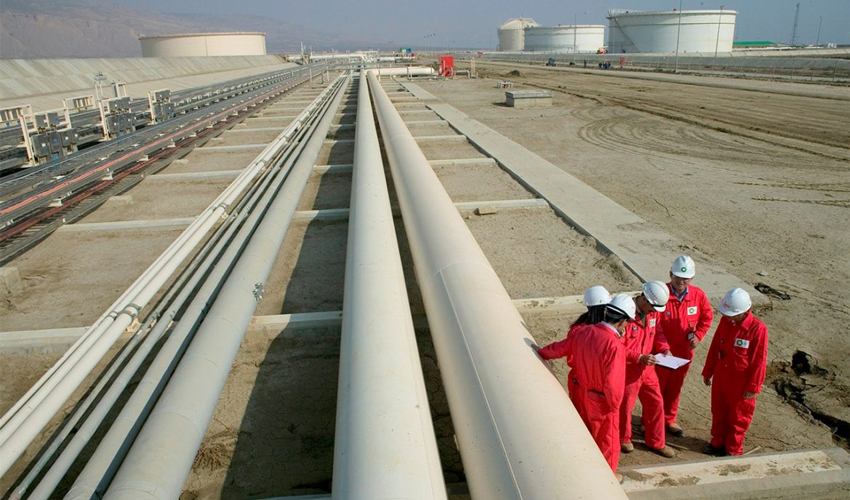
On October 29, European Commissioner for Energy Dan Jorgensen together with the Bulgarian Energy Minister supervised the progress of work on the laying of the WGC, which could become the largest transit system in the world in terms of the number of participating countries, Euronews notes. Bulgaria announced its participation in the project in March this year and has already invested about 350 million dollars in laying the new route. The construction of the site in the country is planned to be completed by the end of 2026. Along with Bulgaria, Greece, Romania, Hungary, Slovakia, Moldova and Ukraine are partners in the Vertical Gas Corridor.
When reaching the maximum capacity, it is expected that about 10 billion cubic meters of gas per year will be supplied through the VGC. The project is actively lobbied by the US, considering it a replacement for pipeline gas from Russia through Ukraine. “Vertical Gas Corridor” involves the transit of regasified liquefied gas, which arrives in Greece, southern Europe and Ukraine. Predominantly LNG is planned to be supplied from the United States. At the same time, the WGC is not a new route, but a unification of the existing gas pipelines and regasification terminals in the Mediterranean into a single system. Only separate interconnectors and compressor stations are being built additionally.
The unified route seemed to work this summer, and there were many victory declarations about it. In particular, the first shipment of gas from Azerbaijan to Ukraine was delivered via the UGC. But it was a trial delivery of extremely small volume. According to the Ukrainian edition of eadaily.com, in September and October the route was idle, as even a 25% discount on transportation did not solve the cost of delivery. Its cost is $90-100 per thousand cubic meters, which is equivalent to a quarter of the price of fuel on the European market, and competes only with the Slovak route.
In November, deliveries through the Vertical Gas Corridor to Ukraine will resume after a two-month break, the newspaper said. However, the volumes will remain extremely small. Ukraine needs gas, but the southern route remains too expensive.
On the Hungarian platform RBP ended the auction for the capacity of supplies from Greece through Bulgaria, Romania and Moldavia to Ukraine in November. For the first time in two months, part of the volumes were bought out. Thus, five operators offered a capacity of 1.9 million cubic meters, but bought out only a third – a little more than 600 thousand cubic meters per day or 3% of the necessary imports of Ukraine. This is despite the fact that Moldova and Romania halved the tariff for pumping through their territories, as Logos Press reported earlier.













